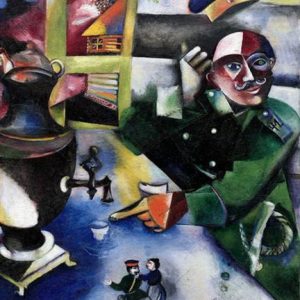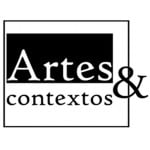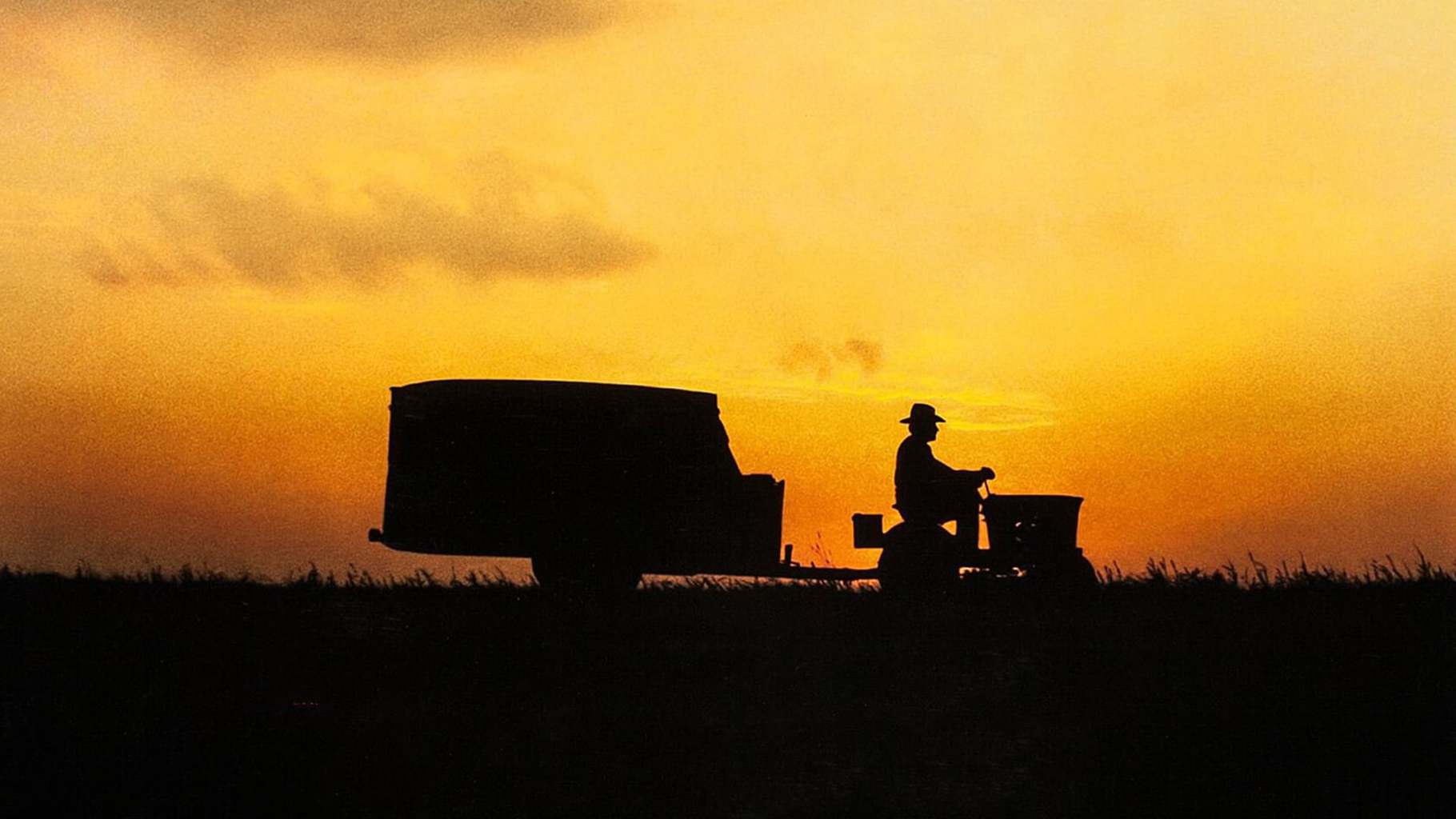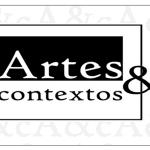Fonte: The ArtWolf
The Guggenheim Museum Bilbao presents ‘Windows on the City: The School of Paris, 1900–1945’, an exhibition that charts the key movements of modernism and the artists who came to be known as the École de Paris. April 22 through October 23, 2016.
Source: Guggenheim Museum Bilbao
From April 22 to October 23, 2016, the Guggenheim Museum Bilbao presents “Windows on the City: The School of Paris, 1900–1945”, an exhibition of more than 50 masterpieces from the collection of the Solomon R. Guggenheim Museum in New York. This exhibition is the first since the renewal of the management agreement with the Guggenheim Foundation, signed in December 2014 and valid for 20 years. The agreement provides for a range of new initiatives that will broaden the partnership and emphasizes the Solomon R. Guggenheim Museum’s commitment to present an exhibition of key, iconic works from its collection every two years at the Guggenheim Museum Bilbao
“Windows on the City: The School of Paris, 1900–1945” includes some of the most influential paintings and sculptures of the last century, created by artists such as Constantin Brancusi, Georges Braque, Robert Delaunay, Amedeo Modigliani, and Pablo Picasso.

Marc Chagall The Soldier Drinks (Le soldat boit), 1911–12 Oil on canvas, 109.2 x 94.6 cm Solomon R. Guggenheim Museum, New York, Solomon R. Guggenheim Founding Collection, 49.1211 © VEGAP, Bilbao, 2016
In the early twentieth century, Paris was the capital of the avant-garde. Artists from around the world settled in the City of Light, where they created new forms of art and literature and responded to the rapid economic, social, and technological developments that were fundamentally transforming city life. It was in Paris that Picasso and Braque radically overturned the conventions of painting, Delaunay composed harmonious visions of color, Kandinsky pursued new directions in abstraction, and Brancusi reimagined how sculptures could be present in space. The title of the exhibition, which refers to a series by Delaunay, illustrates how the modern city became a backdrop and an inspiration for artistic production.

Amedeo Modigliani Nude (Nu), 1917 Oil on canvas, 73 x 116.7 cm Solomon R. Guggenheim Museum, New York, Solomon R. Guggenheim Founding Collection By gift, 41.535
Spanning from the first years of the twentieth century through World War II, the exhibition charts the key movements of modernism—from Cubism to Orphism to Surrealism—and the artists who came to be known as the École de Paris (School of Paris). Among the masterpieces featured are Picasso’s “Le Moulin de la Galette” (1900), Modigliani’s “Nude” (1917), and Marc Chagall’s “Green Violinist” (1923–24). Though diverse, the artistic visions represented in this exhibition manifest a common impulse to eschew conservative aesthetics and transform perceptions of everyday life in a modern city.
The rise of Fascism and the occupation of France during World War II ultimately ended the School of Paris, as the artists who had once sought political, spiritual, and creative refuge in the city were forced to leave.
Ajuda-nos a manter viva e disponível a todos esta biblioteca.

O artigo: The School of Paris at Guggenheim Museum Bilbao, foi publicado em: The ArtWolf
The post: The School of Paris at Guggenheim Museum Bilbao, was published at: The ArtWolf
Assinados por Artes & contextos, são artigos originais de outras publicações e autores, devidamente identificadas e (se existente) link para o artigo original.







